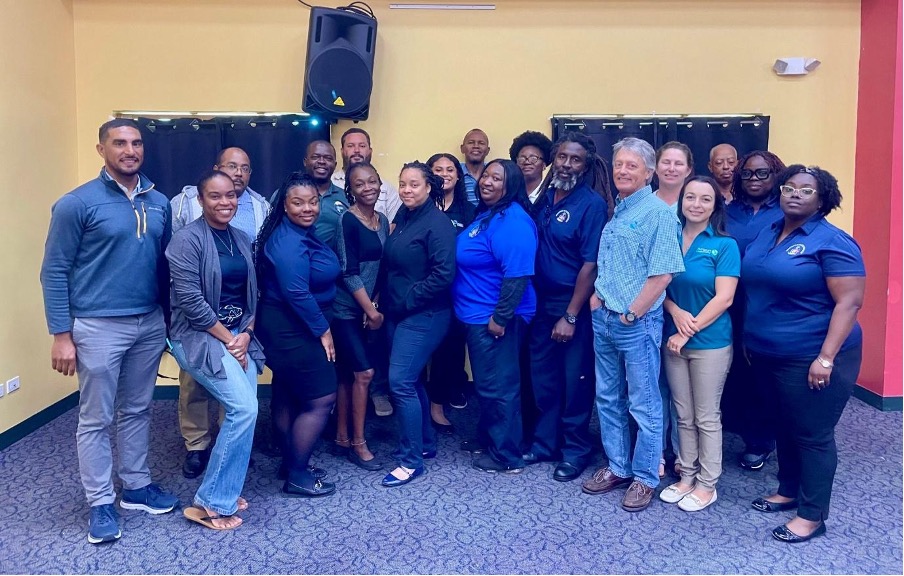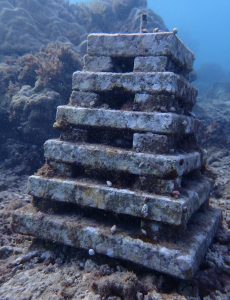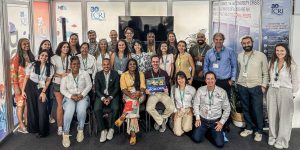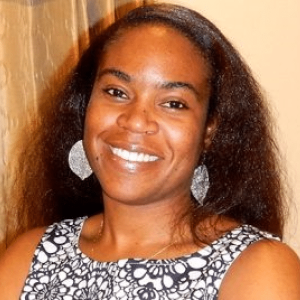Engaging Local & International Partners to Advance Effective Management for Vulnerable & Valuable Fishery Resources
Many commercially and ecologically valuable species form fish spawning aggregations (FSAs) to reproduce or breed. Unfortunately, some aggregating species such as groupers and snappers are under threat because of unsustainable fishing practices coupled with significant changes to their habitats that have been driven by coastal development, climate change and diseases. Protecting critical habitats and sustainably managing these species is key to ensuring both their long-term survival and the lucrative fisheries they support.
On March 13, 2024, Dr. Krista Sherman, Senior Scientist with the Perry Institute for Marine Science (PIMS) led a Spawning Aggregation Fisheries Workshop to discuss ongoing national and regional efforts to assist with sustainably managing species that aggregate to spawn. The purpose of the workshop was to inform and engage relevant stakeholders about the Western Central Atlantic Fishery Commission (WECAFC) project – “Improving ecosystem approach to fisheries by advancing fish spawning aggregation information gathering and increase of public engagement in the WECAFC region”.
The three pilot countries for this project are The Bahamas, Belize and Cuba. Dr. Sherman has been an active member of the regional WECAFC Spawning Aggregation Working Group since 2018 and was selected as the in-country focal point for implementation of this project in The Bahamas. Last week’s workshop was designed to both update and share information on aggregating species with a focus on Nassau grouper & mutton snapper (the two species with a regionally endorsed fishery management plan) and solicit feedback to help sustainably manage these resources.
For context, Dr. Sherman (PIMS) and Dr. Aaron Adams (Bonefish & Taron Trust [BTT]) shared information on FSAs using the critically endangered Nassau grouper and recreationally prized bonefish as case study species that have been models for local research and conservation in The Bahamas. This was followed by presentations on the status of national fishery landings for Nassau grouper and mutton snapper, stakeholder perspectives on Nassau grouper management and an overview of national and regional FSA management plans by Dr. Sherman and Dr. Lester Gittens (Department of Marine Resources [DMR]).
Participants included staff from government and non-governmental organizations with experience in either marine resource management, law enforcement, education and outreach or policy (Photo 1). They were invited to reflect on these topics, ask questions and provide feedback on the feasibility of the recommendations outlined in the regional management plan for Nassau grouper and mutton snapper (Photos 2-3).
Earnest Moss, (DMR Officer based in Crooked Island) said, “The workshop was exciting, interesting and informative and I will share this information with the local fishermen”.
“I mostly enjoyed the interactive exercises to identify gaps in knowledge about spawning aggregations and their locations along with our discussions about them” stated Patrick Collie (DMR Officer from Mayaguana). Improving public education on my island should help to increase understanding of the importance of these spawning aggregation sites. If people understand why spawning aggregations are important, they won’t fish on them, and I wouldn’t have to patrol these areas as much.”

Despite the diverse backgrounds of the participants, the need to preserve spawning aggregations because of their vulnerability to overexploitation was recognized as critical given their cultural, economic and ecological value in The Bahamas and throughout the wider Caribbean region.
“Ensuring the long-term health of culturally and economically important fish species starts with identifying spawning aggregation sites and making sure these sites are protected” said Dr. Aaron Adams, Director of Science and Conservation at BTT. “And it’s important to work with both resource managers and the fishers so that their wealth of knowledge is included, and they tend to become more supportive of conservation measures.”
“This project has provided us with an opportunity to re-engage existing partners, identify new partners and work together to mutually identify a path forward to better manage spawning aggregations” said Dr. Sherman.
The WECAFC pilot projects are being funded by the European Commission’s Directorate-General for Maritime Affairs & Fisheries (EU-DG-MARE). The Spawning Aggregation Fisheries Workshop was also supported by a grant from the Sean Connery Foundation to the Perry Institute for Marine Science. Special thanks to Dr. Lester Gittens (DMR) and Dr. Aaron Adams (BTT) for presenting and helping to facilitate discussions during the workshop. Thanks to the staff at the New Providence Community Center and Chives for logistical support.
For more information about FSAs, visit our website’s Fisheries Research & Conservation Program page and follow PIMS on Facebook and Instagram at @perryinstituteformarinescience and via @nassaugrouper242 and @BigFishInitative for local and regional updates.


Dive deeper.

A Year Later, Stranded Tug and Barge Still Scars Reef in Fowl Cays National Park–Residents Demand Accountability
A haunting aerial view of the grounded tug and barge in Fowl Cays National Park—still embedded in coral a year later, a stark reminder of the cost of inaction. Photo

Women Leading Mangrove Restoration in The Bahamas
Have you ever wondered who’s behind the scenes saving our environment, right in our own backyard? Picture a group of energetic, determined women rolling up their sleeves and diving into

Rewilding the Marls of Abaco: PIMS Plants 100,000 Mangroves and Counting in 2024
As the afternoon sun bathes the Marls of Abaco in golden light, Bahamian boat captain Willis Levarity–locally known as “Captain to the Stars”–stands ankle-deep in soft, warm mud. A broad

Unveiling Coral Reef Biodiversity: Insights from ARMS Monitoring Structures
An ARM teeming with new coral recruits and a diversity of marine life, highlighting reef recovery and biodiversity Understanding Coral Reef Biodiversity Most new PhDs in the natural sciences move

7 Key Takeaways from COP16: Confronting Coral Reef Challenges in a Changing Climate
United #ForCoral: Experts, advocates, and leaders from across the globe join forces at COP16 for the #ForCoral conference, hosted by the International Coral Reef Initiative. Together, they’re driving urgent action

Fieldwork Wrap-Up: Strengthening MPA Management in The Bahamas
Marine protected areas (MPAs) are critical tools in the conservation of marine species and habitats, safeguarding reefs, seagrasses, and mangroves that provide vital ecosystem services to coastal communities. At the




